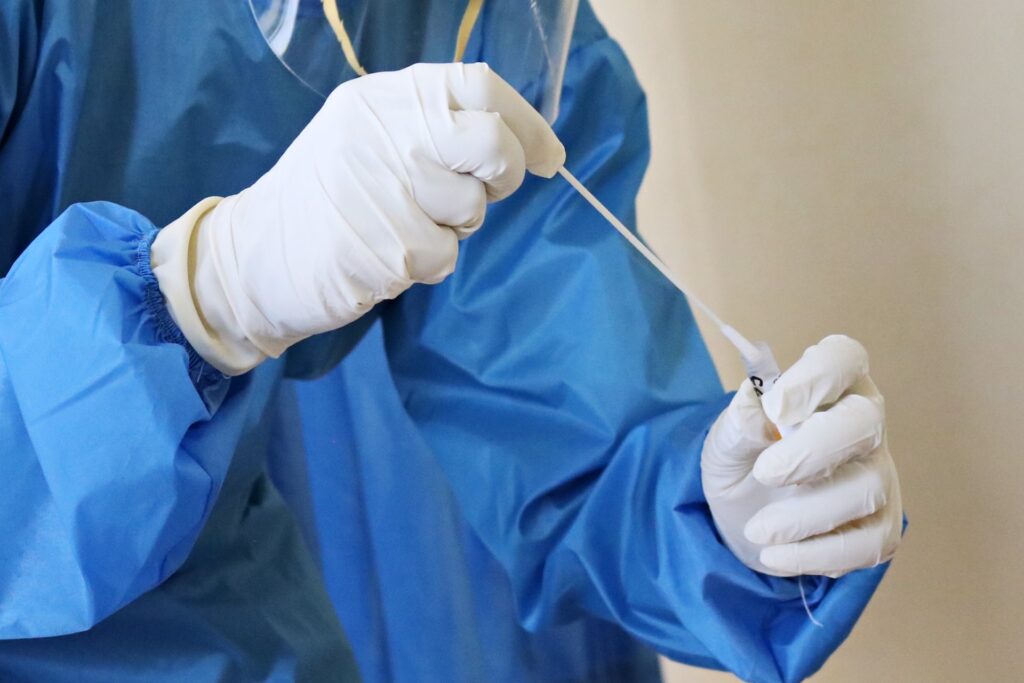A team of researchers from University of Illinois Grainger College of Engineering has developed a rapid test using a paper-based electrochemical sensor which can detect the presence of SARS-CoV-2 in less than five minutes.
A paper reporting the findings appeared recently in ACS Nano journall. Thee team was led by professor Dipanjan Pan.
Currently Available COVID Tests
Currently, there are two categories of COVID tests availabe
1. The first category includes Real-Time Polymerase Chain Reaction (RT-PCR) and nucleic acid hybridization strategies. These categories detect virus by finding RNA traces.
Drawbacks: These tests take a long time and need specialised people to do that.
2. The second category of tests finds the virus by looking for antibodies.
Drawbacks: These tests can give results only after several days from exposure to virus
Basically the team now created a graphene-based electrochemical biosensor with an electrical read-out setup to selectively detect the presence of SARS-CoV-2 genetic material.
This new biosensor comes with two components
- A platform to measure an electrical read-out. Made out of graphene and gold, this platform is highly sensitive to electrical changes.
- Probes to detect the presence of viral RNA. The researchers designed antisense oligonucleotide (ASOs) probes to target two regions of the N-gene of coronavirus. Targeting two regions ensures the reliability of the sensor. Furthermore, gold nanoparticles (AuNP) are capped with these single-stranded nucleic acids (ssDNA), which represents an ultra-sensitive sensing probe for the SARS-CoV-2 RNA.
“Currently, we are experiencing a once-in-a-century life-changing event,” said Maha Alafeef, a graduate student and part of the team. “We are responding to this global need from a holistic approach by developing multidisciplinary tools for early detection and diagnosis and treatment for SARS-CoV-2.”
Journal Reference:
Maha Alafeef, Ketan Dighe, Parikshit Moitra, Dipanjan Pan. Rapid, Ultrasensitive, and Quantitative Detection of SARS-CoV-2 Using Antisense Oligonucleotides Directed Electrochemical Biosensor Chip. ACS Nano, 2020; DOI: 10.1021/acsnano.0c06392
Press Release: University of Illinois Grainger College of Engineering

